You've decided to install an attic fan because it helps reduce your electricity bills, and it can also boost the comfort of your living space. However, your concern is where's the ideal place to install it and how? Well, worry no more! We've done in-depth research and have some answers to share.
Ideally, you can install an attic fan on the roof between the rafters or the gable wall of your attic area. Furthermore, you can install attic fans into an existing vent, such as a box vent and attic power vent, so that's something to consider.
Keep on reading as we dive right in on the steps of how to install your attic fan properly. We will also tackle the right size for an attic fan and how to install one, so keep reading!
![Air Ducts and Ventilation Fans, Where To Install Attic Fan [And How To]](https://hvacseer.com/wp-content/uploads/2022/05/Where-To-Install-Attic-Fan-And-How-To.png)
How Do You Install An Attic Fan?
When installing an attic fan, it is easier to place it in the gable wall in between the rafters. Install your new attic fan through an existing roof or gable vent to save time and convenience.
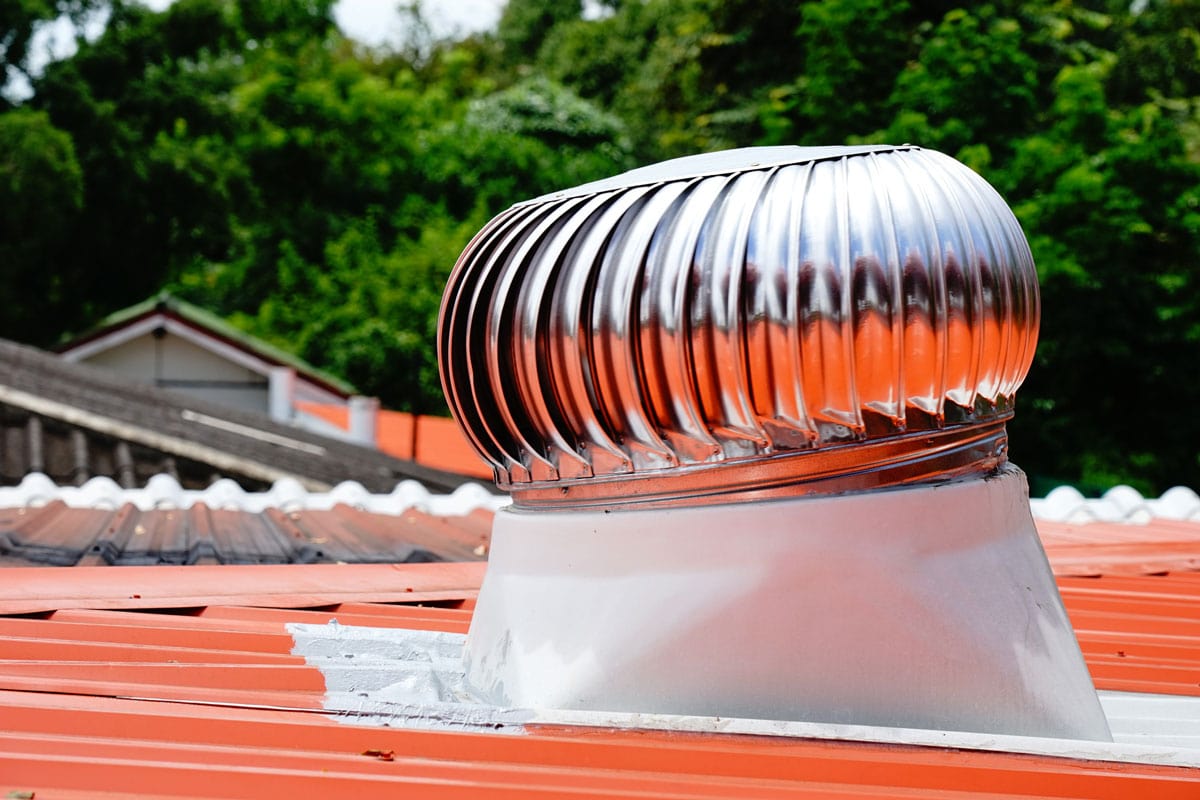
With this technique, you don't have to cut a new hole but make the vent hole wider to fit the fan.
Some materials/tools you'll need to install your fan:
- Pencil
- Nails
- Hammer
- Saber saw
- Plywood panel
- Goggles and mask
- Screwdriver and wood screws
Once you have those, follow these steps:
- Unscrew the old shutter with a screwdriver and remove it.
- Carefully cut the wall using a saber saw.
- Install the new shutter and place it on the wall using wood screws.
- Cut the plywood and create a plywood mounting panel.
- Nail the panel on the gable wall using the hammer.
- For wiring your attic fan (to begin the job, shut off the electric power supply).
Pro tip: A certified electrician can easily do and ensure the quality and safety of the wiring job for you.
For roof-mounted attic fan installation, you may want to watch this YouTube demonstration video:
Which Is Better: Ridge Vent Or Attic Fan?
A well-ventilated attic can help improve and cool down your house's interior temperature during an intense sunny period.
Added features such as ridge vent and attic fan are vital factors for improving the airflow in your living spaces. Thus, choosing the right attic vent have a huge effect on your entire house.
Ridge Vent
A ridge vent is a passive vent meaning it doesn't require electricity to move the air out of your attic. It naturally allows the air to rise and pulls out to the ridge vent while at the same time letting cool air in from the outside.
Since it uses a natural mechanism to circulate the air, it doesn't need costly maintenance or repair.
Furthermore, the ridge vent is cost-efficient ventilation with the installation cost ranging around $300 - $600, far cheaper than an attic fan which is approximately $400 - $1000.
However, a ridge vent isn't dependable in severe heat seasons.
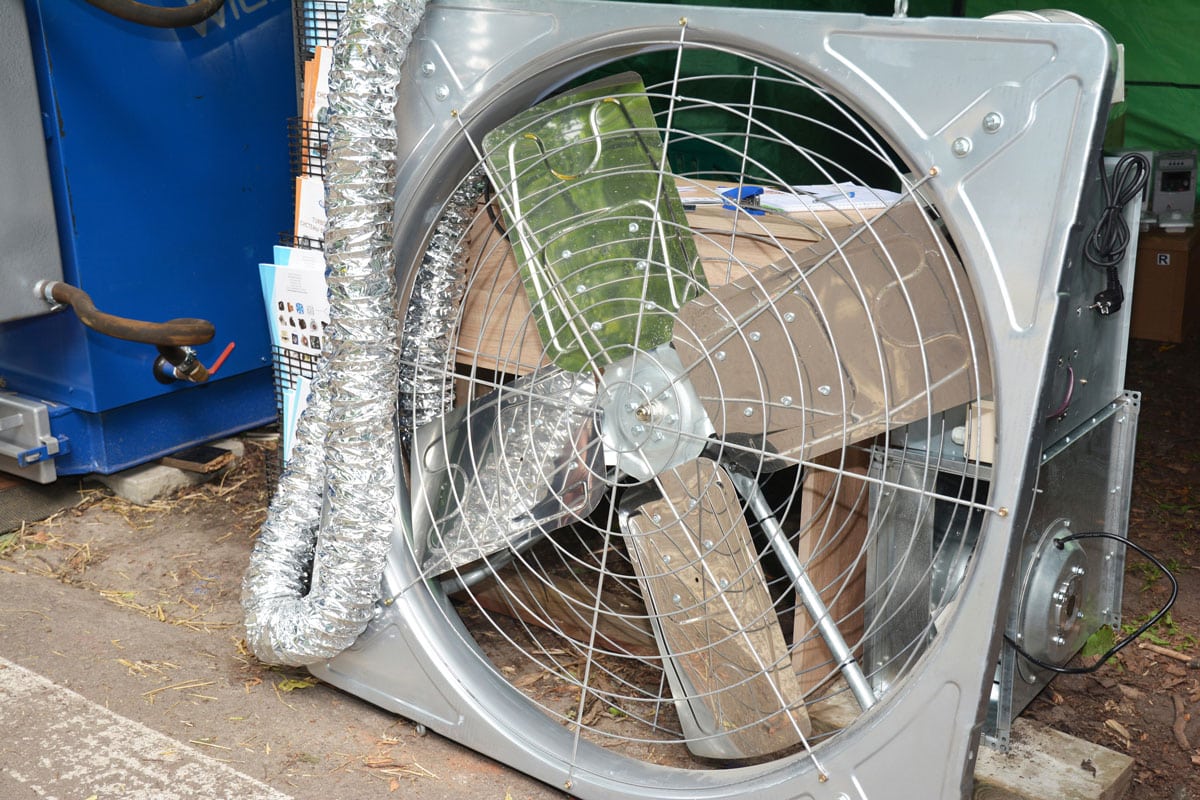
Attic Fan
In contrast, an attic fan is operated by electricity. You can install it with a thermostat to detect the air when it rises to a certain point and then activates it to force hot air to exit your attic area.
It also requires routine maintenance to keep functioning effectively. Nonetheless, an attic fan is ideal in locations where the hot climate is often unbearable.
Both ventilation boosts better airflow quality in your attic, and when deciding to choose between the two always best to consider what matches your attic ventilation needs.
What Is The Difference Between An Attic Fan And A Whole House Fan?
The attic fan works to cool your areas and prevent the hot air from escaping into your house's interior spaces. It's best to run during the day when the heat is at its peak to maximize its ability to eliminate excessive heat build-up in your attic areas.
Also, it is typically attached to the outside wall and attic space.
In contrast, a whole house fan runs during sundown when the outdoor air temperature cools down. Take advantage of ventilating your house with a natural cooling system and an energy-efficient mechanism.
Usually found installed between your attic space and living space walls.
How Long Should You Run An Attic Fan?
Having an attic fan is essential during the hot sunny season, but determining how long you should run depends on your attic area and the size of the fan you're using.
In general, roughly 15 minutes of run time is enough to release your attic's hot air and replace it with fresh cool air from the outside. Running your fan any longer is a waste of energy.
This is because you are drawing air from outside your attic that is identical to the air you are drawing into it. Moreover, adding a humidistat can easily control the run time on your attic fan based on the settings you pre-set on it.
Check out this humidistat control on Amazon.
Do Attic Fans Use A Lot Of Electricity?
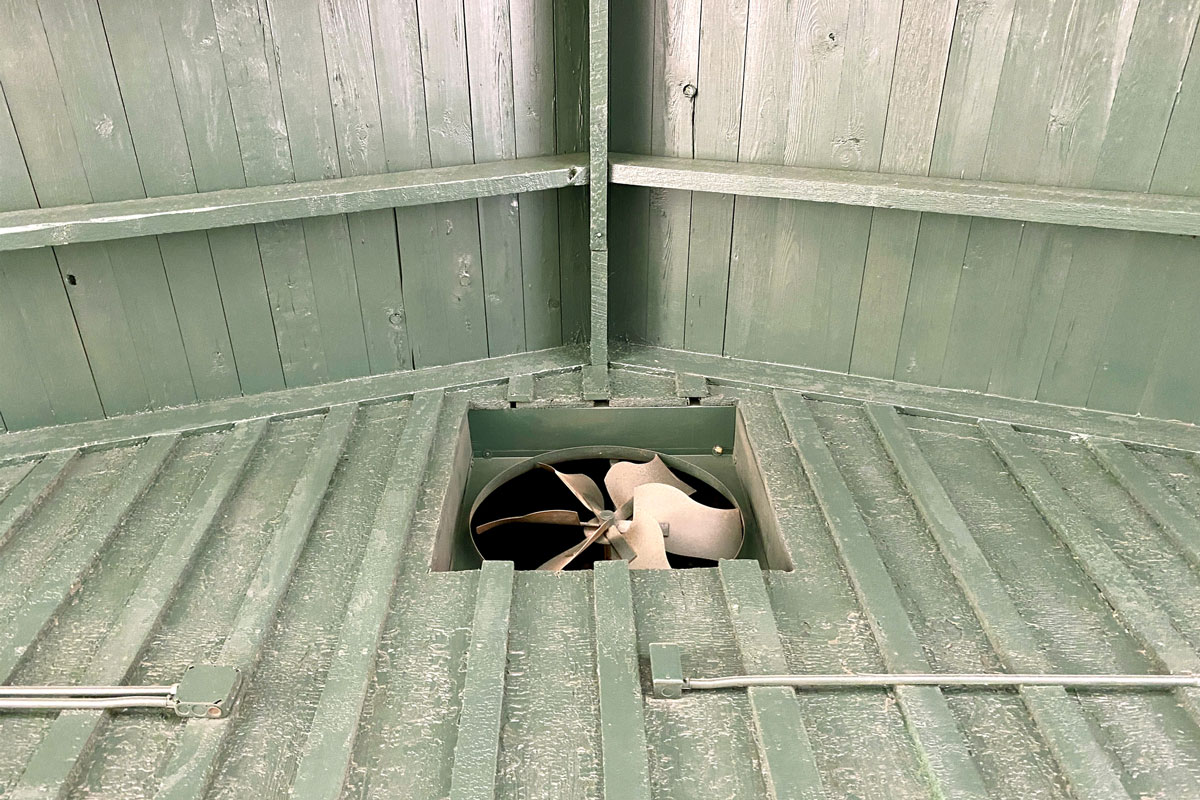
The amount of power consumed is determined by the type of attic fan installed. Traditional attic fans are inefficient because they employ weak motors and circulate less air.
Smart attic fans are more efficient because they employ more efficient motors and circulate more air.
Solar attic fans are the most energy-efficient since they require no electricity when there is sunlight. Electric-powered attic fans consume between 20 and 400 watts, depending on the fan's speed and type.
In comparison, an A/C system can consume up to 3000 watts.
How To Determine What Size Attic Fan You Need
The size of an attic fan is measured in CFM (Cubic Feet per Minute), which is the quantity of air moved by the fan each minute. Attic fans come in a variety of CFM rates.
Furthermore, to get the specific fan sizes you'll need, calculate the square footage of your attic and multiply it by 0.7 to come up with the rate required.
Except for dark and steep roof areas, the recommended rating is +15% based on the 0.7 rates required.
Let's say you have an attic area of 3,000 square feet; the CFM required for this particular size is 2,100 and 2,415 for steep and dark roof areas.
Should An Attic Fan Run In The Winter?
Yes, to control the water moisture that builds up into your attic rooms and spaces. During the winter season, the heat runs inside your house's interior spaces.
Because the heat always rises, it can get stuck in your attic's crawling spaces and eventually create a moist of hot air.
The cold temperature in your house exterior makes your roof vulnerable to cold, which leads to your attic building up even more moisture.
In addition, when this moisture continues to spread, it can cause damage to your roof, and this is the reason why your attic fan needs to run in the winter period.
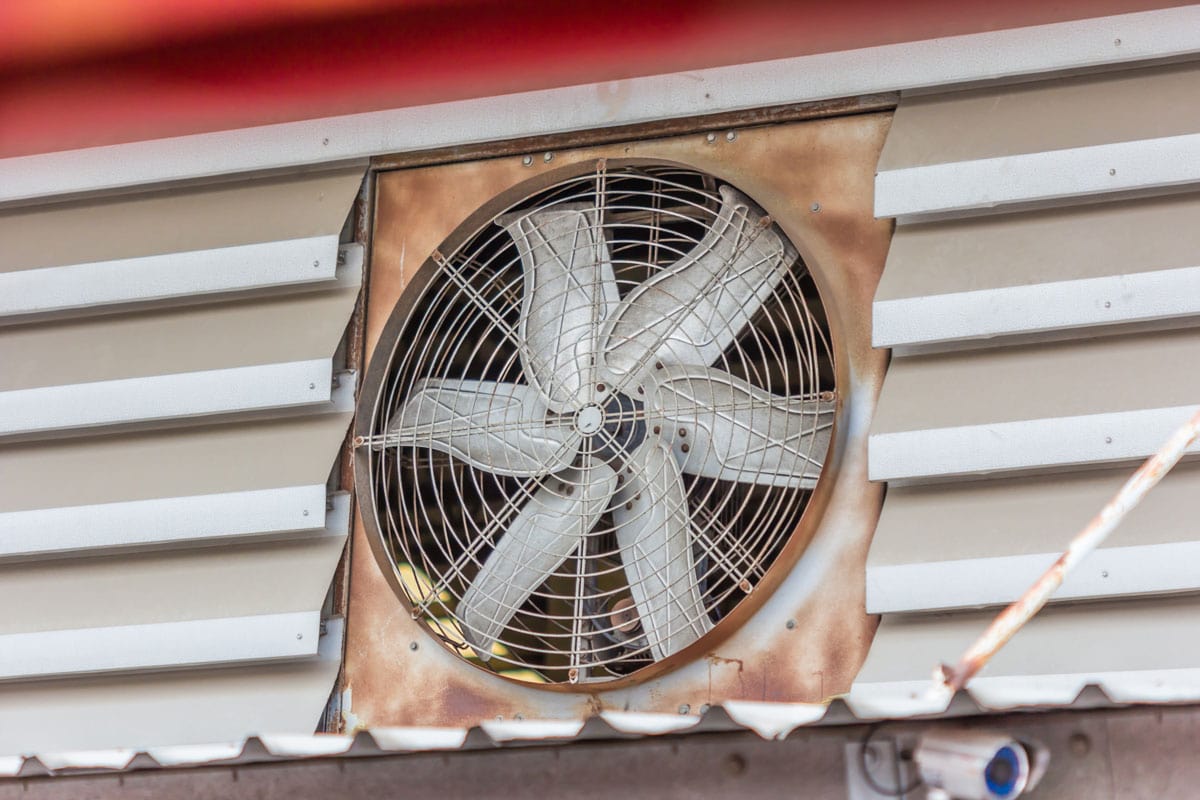
How To Replace An Attic Ventilation Fan
If left unsettled, a malfunctioning or old attic fan can lead to several severe problems.
It's always a great decision to replace it before significant issues can occur and compromise your living area's comfortable condition.
To get this done, follow these steps:
- Ensure you shut off the attic ventilation power supply.
- Remove the cover and the screws using a screwdriver.
- Loosen the lag screws with a wrench to remove the attic fan from the mounting panel.
- Securely mount the new fan and the lag screws in the mounting panel.
- Now carefully insert the branch cable into the splice box and all the clamping screws.
- To prevent wire connection loss, protect all wires by wrapping electrical tape.
If you don't have enough experience performing the wiring job, we highly suggest you refer to your certified electrician contractor to do the job for you.
To Finish
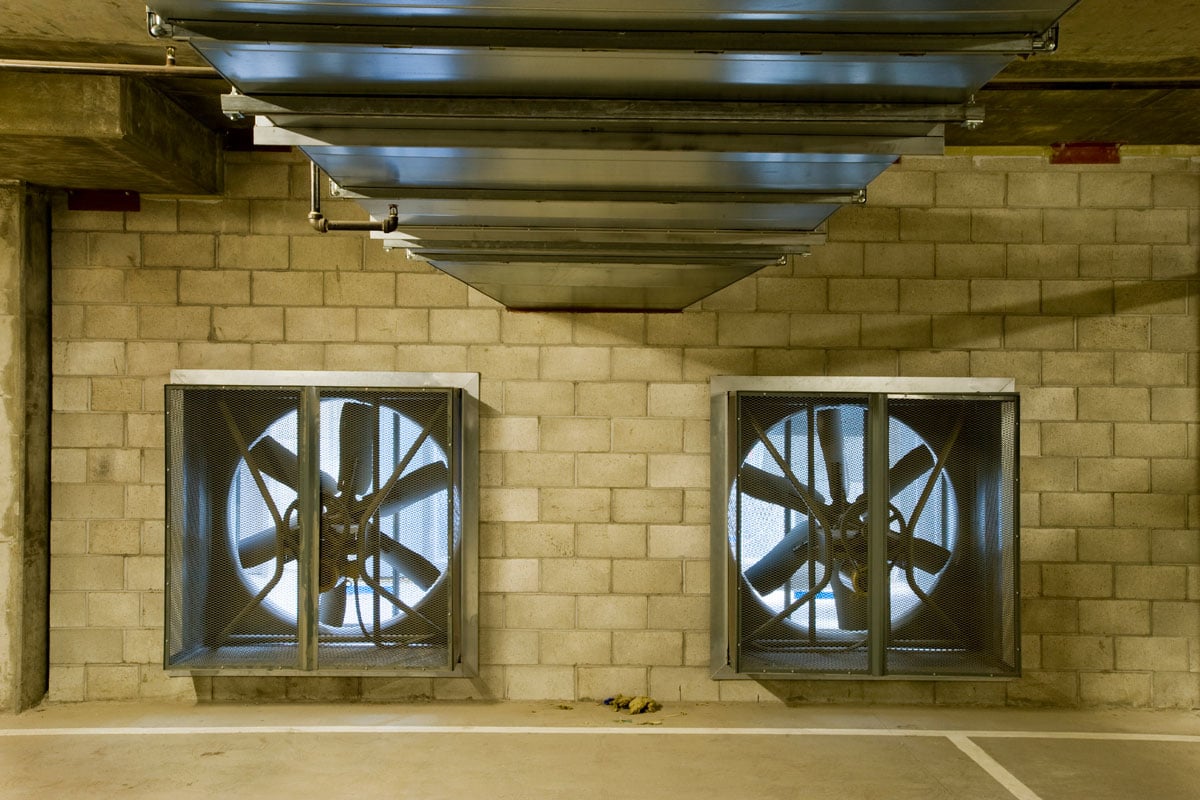
Now that you know where to place your attic fan and how to install it properly. We hope that knowing this information can help you perform the job well.
However, this is a job that can be easily done by an attic ventilation expert or by a certified electrician. We suggest letting the expert do this job for you to ensure a guaranteed high-quality result.
Made it to the end? Check out these helpful related posts below!

